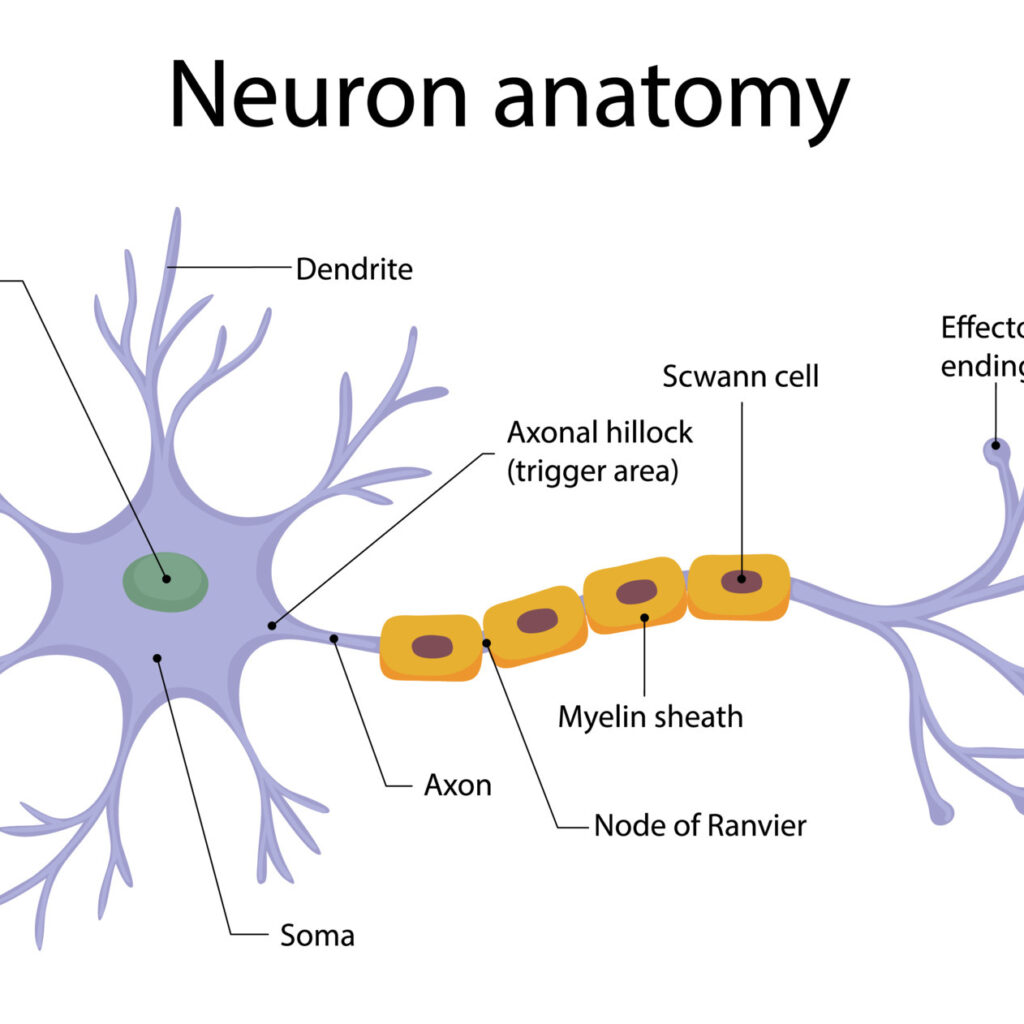
In the quest to acquire new skills and contribute effectively to team development, understanding the role of synapses is enlightening. These synapses act as bridges connecting neurons, the fundamental units of the brain. When a neuron is activated, it releases neurotransmitters, chemicals that bind to receptors on adjacent neurons. This binding triggers a chain reaction of firing, facilitating communication between neurons.
At its core, learning entails refining the strength and quantity of these synaptic connections between neurons. When we absorb new information, the synapses pertinent to that learning intensify. Consequently, these neurons develop a propensity to fire in unison in the future, aiding memory retention.
Moreover, the learning process spurs the creation of fresh synapses, a phenomenon known as synaptogenesis. This process assumes a pivotal role in facilitating learning and memory formation.
Consider the example of learning to play the piano: At the outset, the synapses responsible for coordinating finger movement and processing visual cues are feeble, causing difficulties in producing the correct notes. With persistent practice, these synapses grow more robust, streamlining coordination and ultimately leading to proficient piano playing.
The reinforcement of these synapses underpins the very essence of learning. While new synapses can emerge across the brain during the learning journey, they assume particular significance in the hippocampus—an area intricately linked with memory and learning.
The generation of new synapses remains an ongoing process throughout life, serving as a mechanism through which the brain adapts and maintains its health. As we accumulate knowledge and cultivate habits, learning becomes more fluid. Our brains remain in a state of constant evolution and adjustment. Every instance of learning engenders fresh neural pathways. Subsequent learning exploits this foundation, making it progressively easier to absorb novel information due to the scaffolding of pre-existing knowledge and experience.
To foster and sustain this practice within the professional realm, where employees are empowered to cultivate new synapses:
- Nurturing a Learning Ecosystem: Establish a culture that intrinsically values learning. Provide avenues for employees to expand their knowledge both within and beyond the workplace, encompassing training initiatives, access to informative literature, and financial support for attending industry events.
- Accessible Learning: Ensure that learning is readily accessible. Facilitate the availability of resources such as online learning platforms, a repository of pertinent materials, and mentorship programs.
- Infusing Engagement: Transform learning into an engaging experience. Integrate interactive elements like gamified learning, simulations, and other immersive activities.
- Celebrating Learning Triumphs: Acknowledge and celebrate learning achievements. By recognizing employee milestones, you cultivate an atmosphere that fosters a perpetual thirst for learning.
Implement these strategies within your workplace:
- Holistic Training Programs: Institute diverse training programs that cover a range of topics essential to employees’ roles, encompassing software skills, marketing techniques, and safety protocols.
- Knowledge Hub: Curate a library of industry-relevant resources that employees can conveniently access, including books, articles, and videos.
- Empower Attendance: Facilitate employees’ participation in conferences or workshops by offering financial support. Such events enable exposure to industry experts and facilitate networking.
- Mentorship Initiatives: Launch a mentorship program that pairs experienced professionals with eager learners, fostering knowledge exchange and personalized guidance.
- Enriching Sessions: Host regular knowledge-sharing sessions, such as brown bag lunches or lunch and learns, where guest speakers introduce novel concepts and ideas.
- Cultivating Knowledge Sharing: Foster a culture of continuous learning by encouraging employees to share their learning journeys with one another through informal conversations, presentations, or blog posts.
In fostering a culture of continuous learning, we not only augment our skills but also pave the way for our teams to thrive—much like the dynamic creation of new synapses in the intricate tapestry of the brain.

Add a Comment